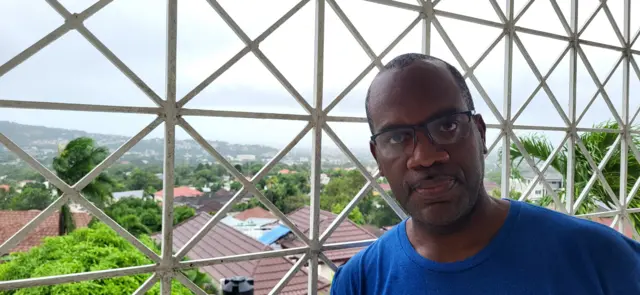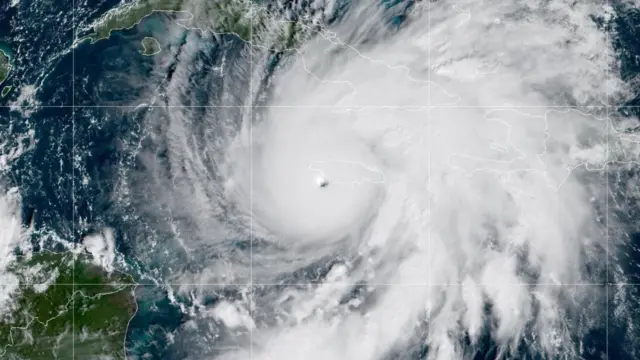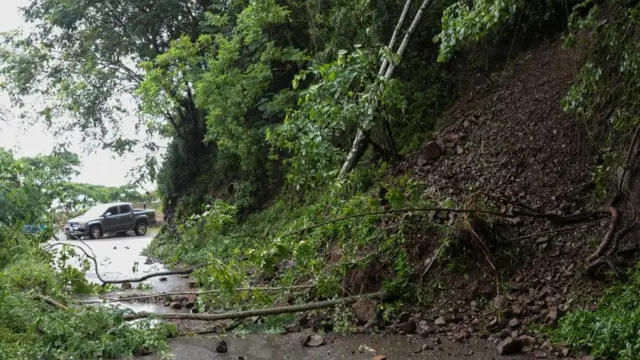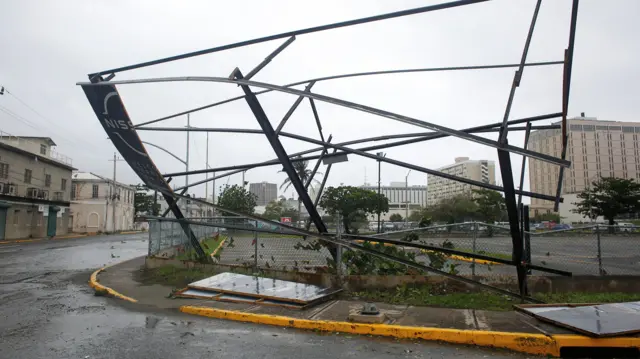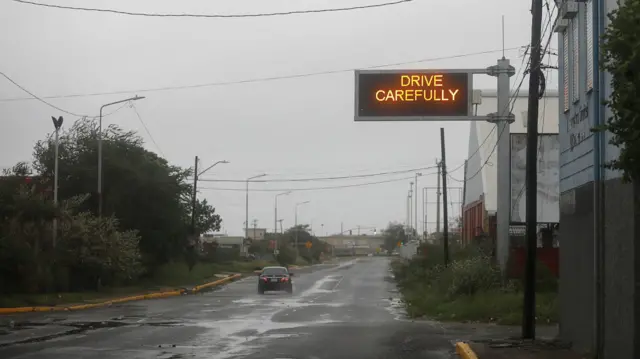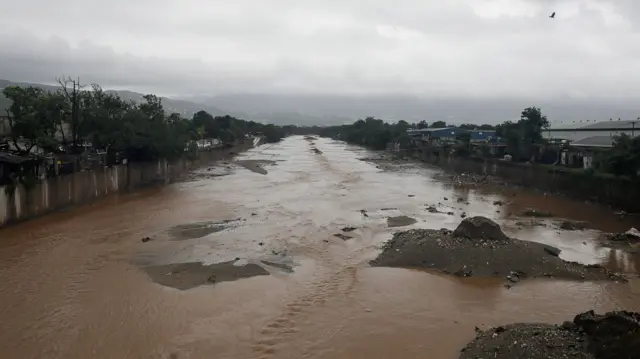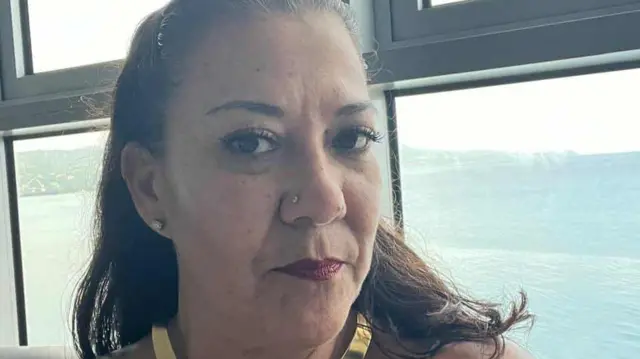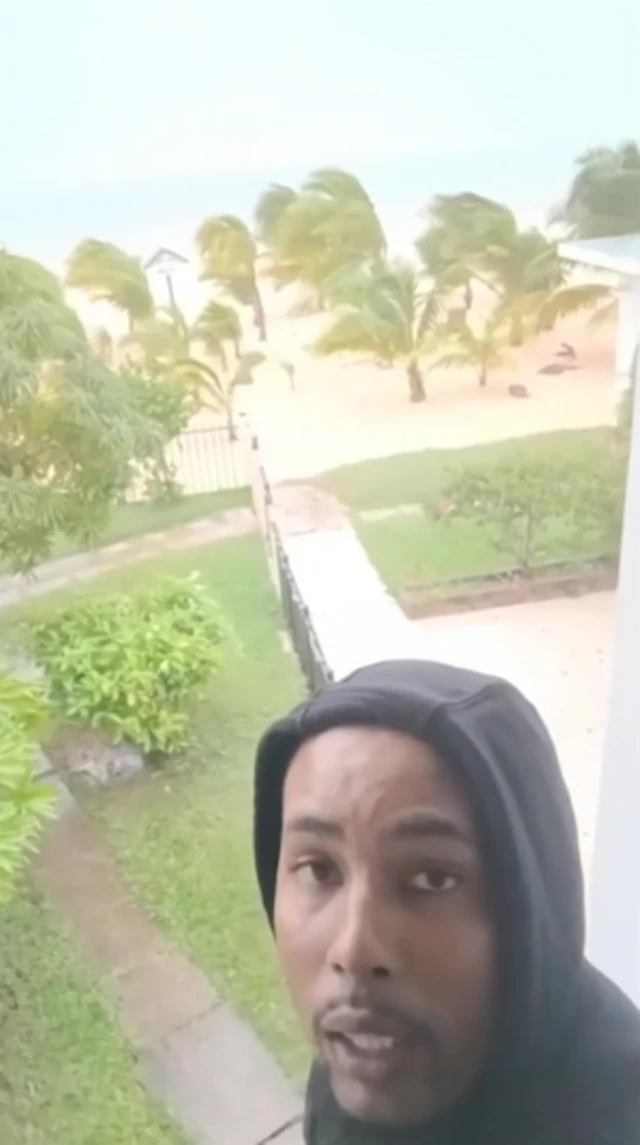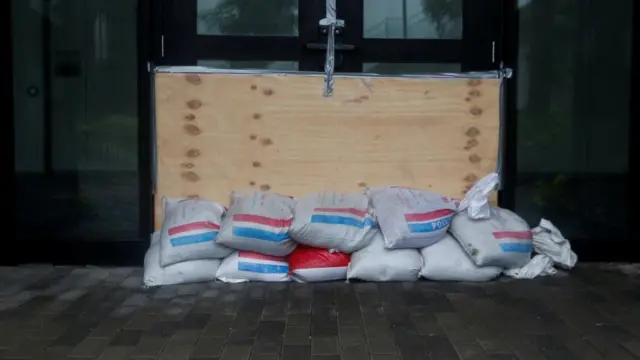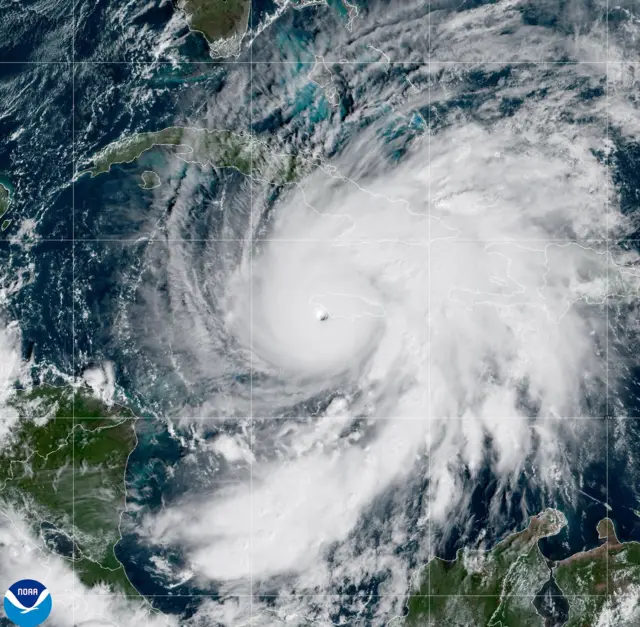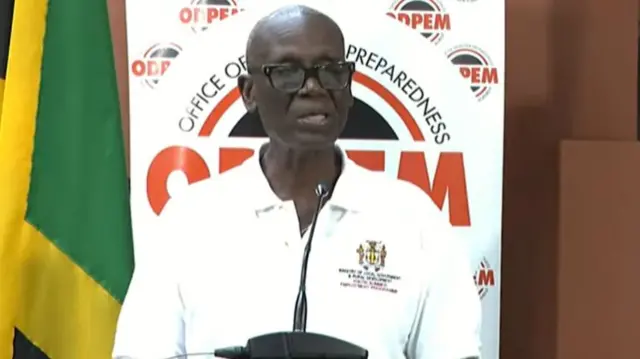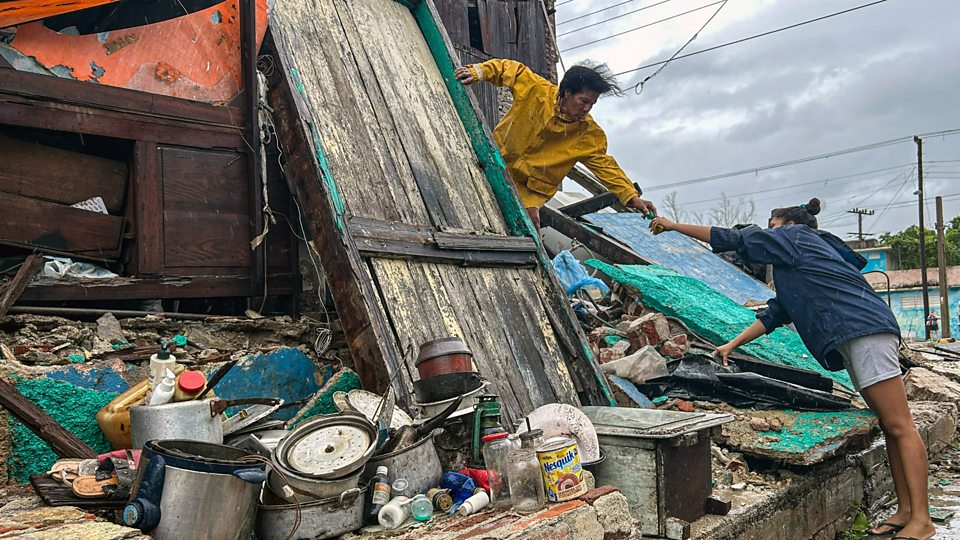What's the latest?published at 18:56 GMT 28 October
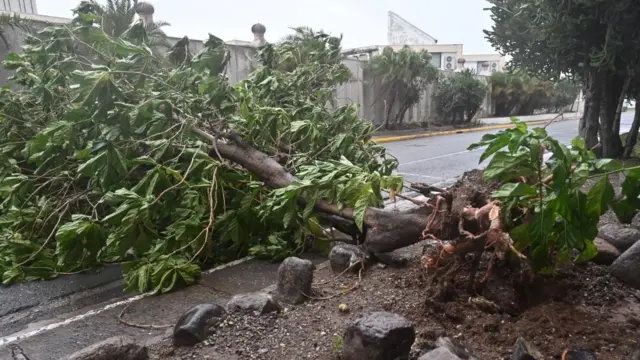 Image source, Reuters
Image source, ReutersA fallen tree on a road caused by Hurricane Melissa in Kingston
Hurricane Melissa has made landfall in Jamaica as a category five storm, bringing catastrophic winds and risks of flash flooding across the Caribbean island.
It is now the most powerful storm recorded this year and among the strongest in the Atlantic since records began. Here's what else you need to know:
- Melissa made landfall in south-western Jamaica near the town of New Hope with wind speeds of 185 mph (295 km/h), the US National Hurricane Center (NHC) said
- The storm presents "an extremely dangerous and life-threatening situation", the NHC added, as it later warned that "catastrophic winds, flash flooding and storm surges" are expected across the island
- Jamaican authorities have urged residents and visitors to continue sheltering in place as the storm passes over the island - nearly a third of the country is already without power
- Minister of Local Government, Desmond McKenzie, issued a strong warning shortly before landfall: "Don't bet against Melissa - it is a bet we can't win"
- After passing over Jamaica, Melissa is expected to head towards Cuba before making its way across the Bahamas later on Wednesday


